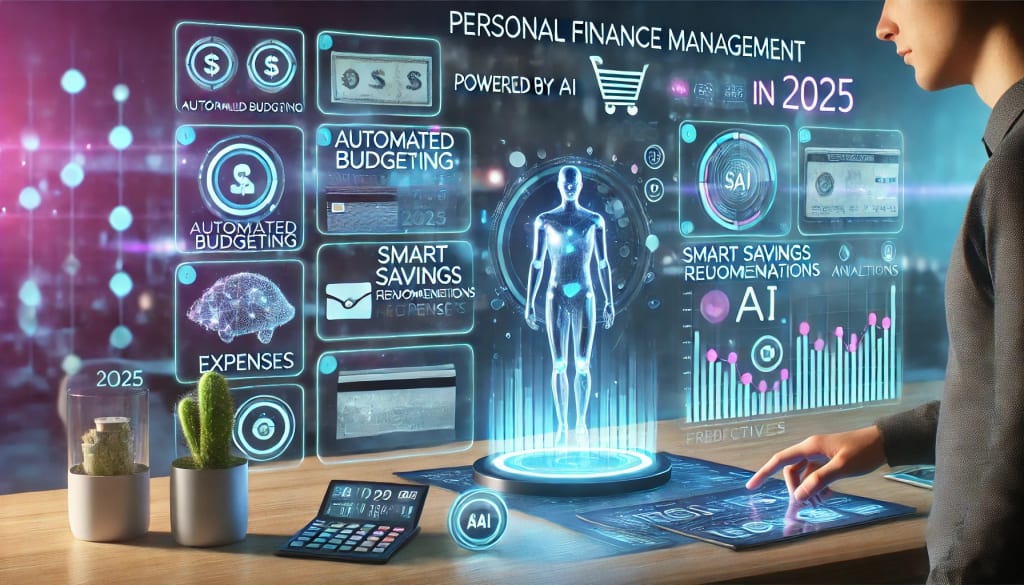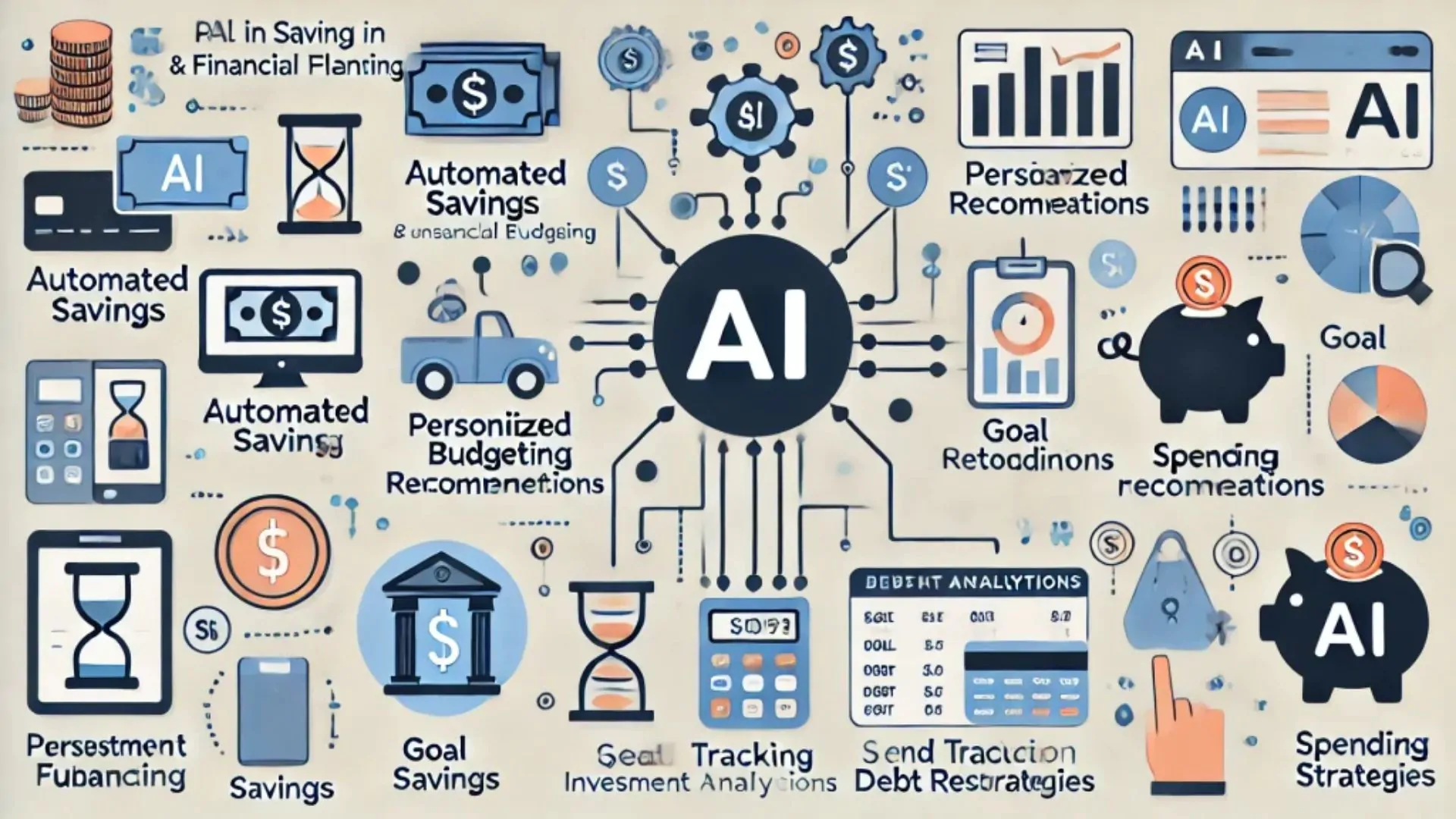In the face of climate crisis, resource constraints and rising energy demands, a dramatic shift is under way. It’s not just about solar panels and wind farms anymore. We are entering Green Tech 2.0 — where artificial intelligence (AI) and quantum computing merge with green innovation to power a sustainability revolution. This blog explores how these forces come together, what real-world breakthroughs are happening now, what the key challenges are — and most importantly how organizations, governments and individuals can ride this wave.
1. Why Green Tech 2.0? The urgent context
We’ve long had green technologies — renewables, energy efficiency, recycling systems. But the scale, complexity and pace of today’s sustainability challenges require far more:
- Global decarbonization, meaning vast cuts in CO₂, methane and other GHGs.
- Complex systems optimisation (grids, logistics, supply chains) with many interacting variables.
- Real-time monitoring, predictive analytics and adaptive systems (weather, energy demand, disasters).
- Circular economy models: reuse, recycling, material innovation.
- Digital transformation of industries (transport, agriculture, manufacturing) under sustainability constraints.
In short: the old paradigm of “green tech” must level-up. Hence: Green Tech 2.0 — combining frontier computing (AI + quantum) with sustainability.
For instance, a recent review describes how “green AI” is becoming pivotal: the carbon footprint of AI itself is now under scrutiny.
Likewise, the World Economic Forum notes quantum technologies may offer a unique opportunity to advance the UN Sustainable Development Goals (SDGs).
2. How AI is powering sustainability
AI is no longer just “smart software”. It is embedded into the heart of sustainable systems. Key use-cases:
2.1 Energy & grid optimisation
AI can predict demand, optimise supply, manage renewable integration and reduce waste. According to one source, AI in green tech “enhances sustainability by processing data, identifying patterns, and predicting outcomes” across energy, agriculture, etc.
For example: forecasting solar or wind generation, detecting inefficiencies in power plants, optimizing battery storage.
2.2 Smart infrastructure & buildings
Buildings consume huge energy. AI systems can use sensor data to optimise HVAC, lighting, occupancy, waste flows — reducing carbon footprint significantly.
2.3 Agriculture, water and resource management
AI is used to optimise irrigation, monitor soil health, predict crop yields, detect leaks or waste. These resource-efficient applications are critical in a world of growing demand and climate stress.
2.4 Circular economy & waste management
AI helps classify, sort and reuse materials, optimise logistics for recycling and manage e-waste. For example, an academic paper shows AI-enabled architectures reduced energy consumption by 25 % in resource-reuse workflows.
Also, at the Green AI Summit (Boston University), a major theme was balancing tech innovation with ecological restraint — i.e., ensure AI enhances sustainability rather than increasing footprint.
2.5 Responsible/Green AI
With great power comes responsibility. The AI systems themselves can have significant energy footprints (data centres, model training). Researchers call this “Green AI” — designing algorithms and systems that are sustainable. ScienceDirect+1
3. The quantum leap: Quantum computing for the planet
While AI is already widely in use, quantum computing is the emerging game-changer for sustainability. Why? Because many environmental challenges are combinatorial and complex — materials science, climate modelling, optimisation at scale. Classical computers struggle; quantum holds promise.
3.1 What quantum brings
- Quantum computers can simulate molecular and chemical structures far faster — enabling new battery materials, better solar cells, carbon capture materials.
- Quantum sensing and communication enable ultra-high precision monitoring of environment, weather, water quality.
- Real-time optimisation of large networks (energy grids, supply chains) where quantum algorithms could find the best configuration faster.
Interestingly, one article says quantum computers use orders of magnitude less energy for certain tasks compared to classical computers — making them a green tech in their own right.
3.2 Use-cases in sustainability
- Materials discovery: Designing next-gen batteries, catalysts for CO₂ capture.
- Optimisation of energy systems: e.g., grid balancing with many variables, renewable integration.
- Climate modelling and forecasting: More accurate predictions of weather, disasters, enabling better mitigation.
- Water & environment sensing: Quantum sensors can detect small changes and improve monitoring of ecosystems, water quality.
The WEF article points out quantum could help advance many of the 17 SDGs via clean energy and decarbonisation.
3.3 Limitations & timeline
- Quantum tech is still nascent: many applications are “potential” rather than fully commercialised.
- Much infrastructure, hardware and software maturity required.
- The energy footprint of quantum systems, scaling challenges, cost are non-trivial.
But this doesn’t stop us from calling this “Green Tech 2.0” — early stages, yes, but the trajectory is clear.
4. The intersection: AI + Quantum = Supercharged Green Tech
The real transformative potential comes when AI and quantum converge.
| Technology | Strength | How they combine |
|---|---|---|
| AI (classical) | Established, mature, huge datasets, predictive analytics | Use quantum-optimized algorithms for AI model acceleration, or feed quantum inputs to AI pipelines |
| Quantum computing | Breakthrough computations, optimisation, simulation | Use AI for feature extraction, then quantum to do heavy-lift simulation or large-scale optimisation |
| AI + Quantum for Green | Faster, more efficient, leaner, smarter systems | E.g., use quantum models to simulate materials, AI to analyse results and suggest deployment; AI identifies inefficiencies in grid & quantum finds optimal network configuration |
For example, one article points to “Quantum AI” and resource-management as trending topics in green tech.
Another emphasises quantum’s role in real-time energy demand and supply prediction, but notes that AI and quantum combined require responsible design to ensure the sustainability of the tech itself.
5. Real-world examples & impact
- According to a news article: Nvidia achieved 100% renewable electricity for all its offices and data centres in fiscal 2025 — showing how major AI infrastructure players are embracing sustainability.
- The Earth.Org article lists quantum computing among 4 emerging technologies helping in the fight against climate change (alongside AI, blockchain, robotics).
- Research in “Energy-Efficient Green AI Architectures” demonstrated reductions of ~25-30% in energy consumption for workflows involving resource reuse.
These are powerful signals that the convergence is real, not just theoretical.
6. Why this matters – benefits
- Acceleration of decarbonisation: Green Tech 2.0 enables faster identification and deployment of low-carbon technologies.
- Cost reductions: Optimised materials, better resource use, fewer inefficiencies -> lower operational & capital expenditure.
- Scalability: AI & quantum allow scaling sustainable practices globally, in large complex systems.
- Resilience: Better predictive modelling and optimisation means systems can adapt to shocks (climate, supply chain, energy).
- Circular economy: Smarter reuse, waste management, material innovation support sustainability beyond just “less bad”.
- Competitive advantage: Corporations and nations adopting these technologies position themselves ahead in the next industrial wave.
7. Key challenges & what to watch
- Energy consumption of tech itself: Big AI models and early quantum hardware can be energy-intensive. Researchers emphasise the need for “Green AI” and sustainable design.
- Hardware maturity: Quantum hardware is still early; many real-world deployments are yet to scale.
- Cost & ROI: High initial investment; unclear ROI for some sustainability use-cases today.
- Skill & ecosystem: Need more quantum + AI + domain expertise in sustainability.
- Governance & ethics: As with any powerful tech, issues like data privacy, algorithm biases, equitable access arise.
- Integration: Combining AI, quantum and legacy systems in complex infrastructure isn’t trivial.
8. What organisations and governments can do
- Start small, pilot fast: Explore AI for efficiency gains; identify where quantum might fit in your roadmap.
- Invest in “sustainable tech stack”: Ensure data centres, models and hardware are designed with sustainability in mind (Green AI).
- Build partnerships: Collaborate with universities, startups, quantum/AI vendors, sustainability experts.
- Adopt circular economy thinking: Use technology to optimise reuse, recycling, materials innovation.
- Monitor & report footprint: Measure the carbon footprint of your AI/quantum infrastructure; set targets.
- Prepare for quantum-readiness: Although quantum is early, being “quantum-aware” gives strategic advantage.
- Policy & regulation alignment: Governments should incentivise sustainable tech, fund quantum/AI for green, set standards for green AI.
The WEF and Accenture report argue a “unified effort” is essential to unlock these technologies for the SDGs.
9. What individuals and smaller players can do
- Choose services/products from companies that leverage AI/quantum responsibly and sustainably.
- Educate yourself about the carbon footprint of digital/AI usage (training large models, streaming etc).
- Advocate for sustainable tech in your workplace or community (smart buildings, AI-monitoring waste, etc).
- Support open-source and democratized access to sustainable AI/quantum tools.
- Stay informed: this wave is evolving rapidly and being early may create opportunities.
10. The future roadmap – what to expect
- 2025-2030: AI fully embedded in sustainability workflows; quantum starts delivering commercial pilots in material science, grid optimisation, circular economy.
- 2030+: Quantum + AI mainstream in decarbonisation, global infrastructure, large-scale climate resilience systems.
- Standardisation of green AI & quantum frameworks, carbon-aware AI models, hybrid quantum-AI systems.
- Growing ecosystem of startups, deep-tech focusing on “green quantum” and “AI for climate”.
- Policy catch-up: regulation, incentives, governance around AI/quantum in sustainability.
In short: Green Tech 2.0 is not just aspirational — it is coming fast.
11. Summary
The sustainability challenge is enormous, but so is the opportunity. The convergence of artificial intelligence and quantum computing — together with green tech innovation — marks the dawn of Green Tech 2.0. From smarter energy grids to circular economy platforms, from quantum-simulated materials for carbon capture to AI-driven resource optimisation, the tools are emerging. The organisations, governments and individuals that embrace this frontier now will be the ones leading the next industrial wave. The time to act is now.













Leave a Reply